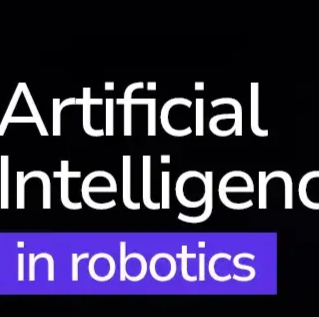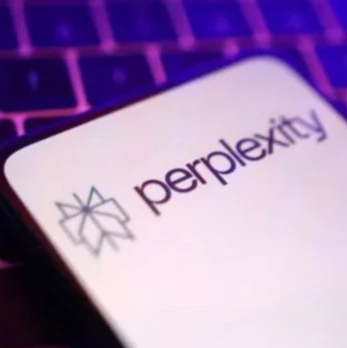GPT-5 Release Timeline and Background
The arrival of GPT-5 has been highly anticipated across the AI ecosystem. Initially projected for a May 2025 launch, internal testing and iterative refinements pushed the rollout to August 2025. Sam Altman, OpenAI’s CEO, recently confirmed the timeline, emphasizing the thorough internal testing being conducted to ensure optimal performance and safety.
Altman, during a podcast appearance on This Past Weekend, described his personal experience with GPT-5 solving a complex technical issue. He called it a “here it is” moment, underlining the model’s intuitive reasoning and hinting at its transformative potential in knowledge work.
What’s New in GPT-5? Major Advancements
1. Enhanced Reasoning and Unified Architecture
A standout feature of GPT-5 is its integration of OpenAI’s powerful “o3 reasoning” capabilities directly into the base model. This evolution means that GPT-5 will no longer rely on fragmented tool-based reasoning (as seen in some GPT-4 variants), offering a more coherent and native ability to understand, plan, and solve multifaceted problems.
This marks a shift towards a unified AI model that excels in logic, deduction, and contextual understanding—paving the way for applications in fields such as law, accounting, coding, education, research, and more.
2. Performance Across Use Cases
GPT-5’s architecture is engineered to be adaptive across scenarios. Whether it’s generating technical documentation, creating long-form narratives, assisting in coding, or helping with real-time planning, GPT-5 is expected to deliver high-accuracy outputs with deeper understanding.
Early testers have noted that the model handles ambiguous queries with improved clarity and demonstrates a stronger grasp of nuance in user intent.
Mini and Nano Variants: Lightweight Powerhouses
In addition to the full-scale GPT-5 model, OpenAI will release two lighter-weight versions:
- GPT-5 Mini: Designed for general-purpose tasks with lower latency, ideal for integration into productivity tools, chat applications, and lightweight AI assistants.
- GPT-5 Nano: Optimized for on-device and edge computing, targeting environments with limited processing power or offline requirements. It is expected to enable developers to deploy powerful AI models on smartphones, IoT devices, and embedded systems.
These variants reflect OpenAI’s commitment to flexibility, scalability, and decentralization in AI deployment.
Strategic Implications and Market Expectations
The upcoming launch of GPT-5 positions OpenAI to remain at the forefront of the competitive AI landscape, particularly as companies like Anthropic (Claude), Google DeepMind (Gemini), and Meta (LLaMA) also advance their frontier models. With enterprises increasingly integrating generative AI into their operations, a high-performing, reasoning-capable language model like GPT-5 could redefine automation in customer support, compliance, content creation, and decision-making workflows.
Moreover, the inclusion of smaller model sizes supports the growing demand for AI at the edge, which is essential for privacy-sensitive and latency-critical applications.
Conclusion: Ushering in a New Era of Generative AI
As GPT-5 enters the spotlight, expectations are high for a model that can think more like a human—offering context-aware, accurate, and intelligent responses across domains. Its enhanced reasoning, combined with accessible variants, suggests a wider democratization of advanced AI capabilities.
Whether you're a developer, researcher, business leader, or tech enthusiast, GPT-5 is poised to impact how we interact with and leverage artificial intelligence in the years to come.
Keywords: GPT-5 release, OpenAI GPT-5, GPT-5 Mini Nano, AI reasoning model 2025, Sam Altman GPT-5, edge AI models, AI in enterprise, GPT-5 features, GPT-5 performance, GPT-5 podcast Altman, generative AI 2025.
Source:moneycontrolChat GPT






